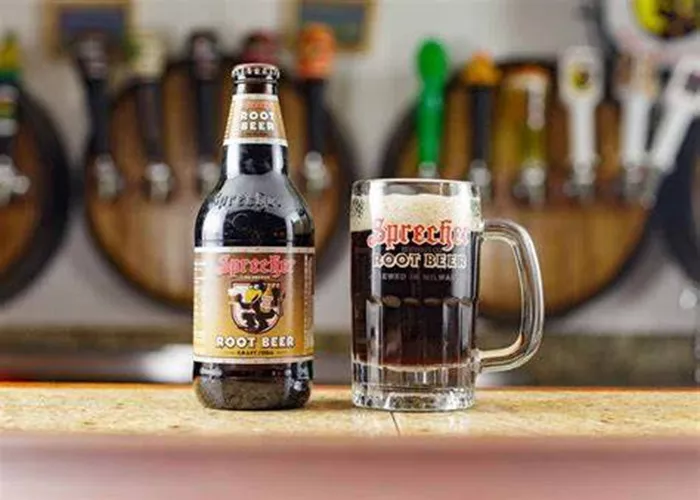LOMBARD, Ill. — While beer continues to hold the largest share of alcohol sales in convenience stores, it is wine, spirits, and ready-to-drink (RTD) beverages that are fueling category growth, according to Joe Sepka, director of client success at 3Tier Beverages. Sepka shared these insights on May 9 during CSP’s Cold Vault Forum, citing data from NielsenIQ (NIQ) covering the 52 weeks ending March 22.
According to Sepka, beer sales in the convenience channel saw a marginal year-over-year decline of 0.7%. In contrast, spirits posted a 7.7% increase in dollar sales, while wine surged by 9.4%. These figures point to a shifting landscape within the alcohol category, with consumers increasingly gravitating toward alternative options.
While inflation continues to influence purchasing behavior, Sepka noted that its impact has lessened in recent months. Nonetheless, economic pressures have contributed to a decline in impulse purchases—particularly when it comes to higher-priced items such as six-packs priced over $10.
Among the top 30 fastest-growing alcohol brands, RTD and non-alcoholic beverages dominate, accounting for 60% of the list. Spirits, driven primarily by tequila, represent 20%, while another 20% comprises traditional beer brands, largely Mexican imports.
Sepka projected that imported beers—especially those from Mexico—will likely maintain their strong performance, barring any major economic disruptions such as new tariffs. He also predicted that domestic beer would continue to represent a significant portion of total volume. However, he said the craft beer segment is unlikely to return to its previous rapid expansion, instead stabilizing around locally produced, premium, and quality-driven brands.
Addressing merchandising strategies, Sepka encouraged retailers to move beyond traditional category-based thinking. Rather than grouping products strictly by type—beer, wine, or spirits—he advised organizing shelves around consumer occasions such as refreshment, premixed cocktails, and party-ready options.
“Shoppers buy for occasions, not categories,” Sepka said, urging retailers to rethink their approach to shelf organization in order to align more closely with evolving consumer behavior.
You Might Be Interested In:


